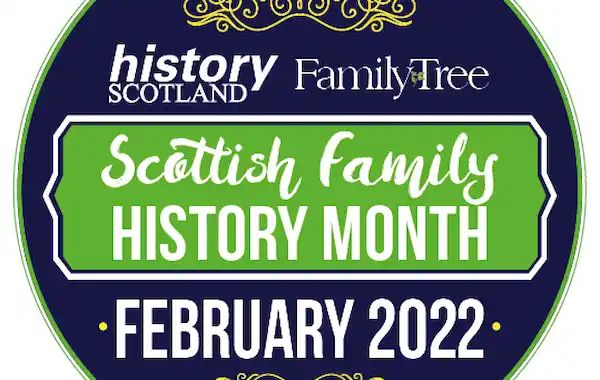 Chris Paton is hosting a series of talks during February sponsored by Family Tree magazine and History Scotland.
Chris Paton is hosting a series of talks during February sponsored by Family Tree magazine and History Scotland.
Booking is open for a bundle price of £40 for all 5 talks (£35 for magazine subscribers) or £10 ($17 Cdn) for individual talks.
Making sense of the Scottish census, Emma Maxwell, 1 February, 1.30 pm –
Civil cases in the sheriff courts, Fergus Smith, 4 February, 9 am
Using DNA for Scottish family history research, Michelle Leonard, 8 February 1.30 pm
Tracing Scottish women, Kirsty Wilkinson, 17 February, 1.30 pm
Scottish research resources before 1800, Chris Paton, 22 February, 1.30 pm
There’s more information at https://www.family-tree.co.uk/news/scottish-family-history-month-2022/



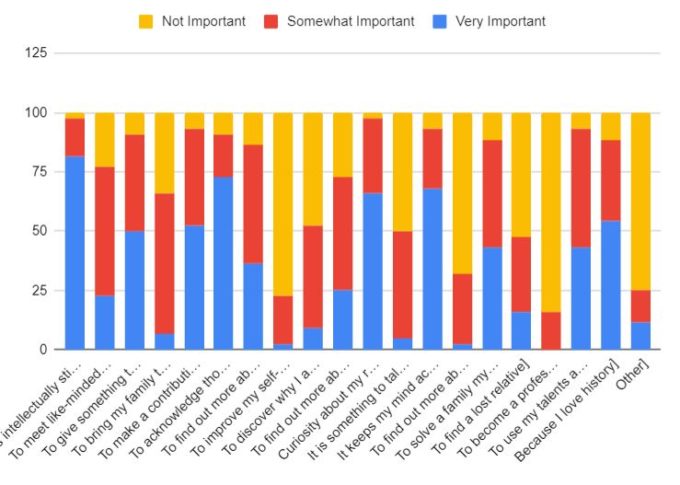
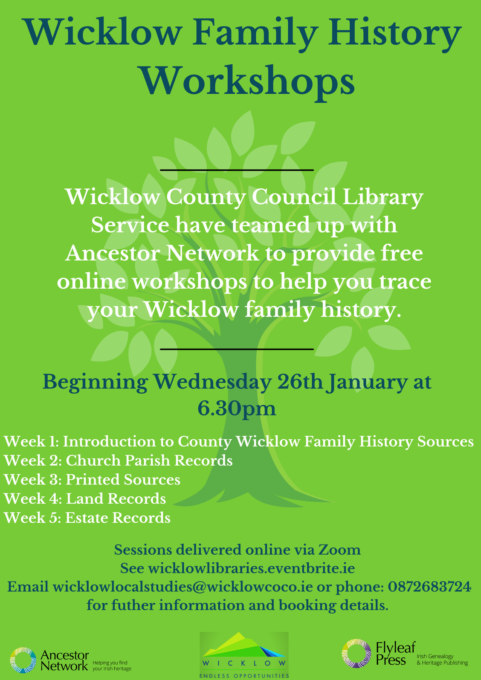
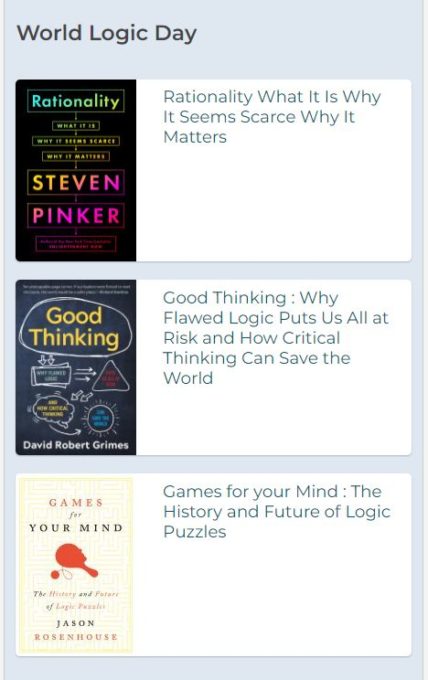
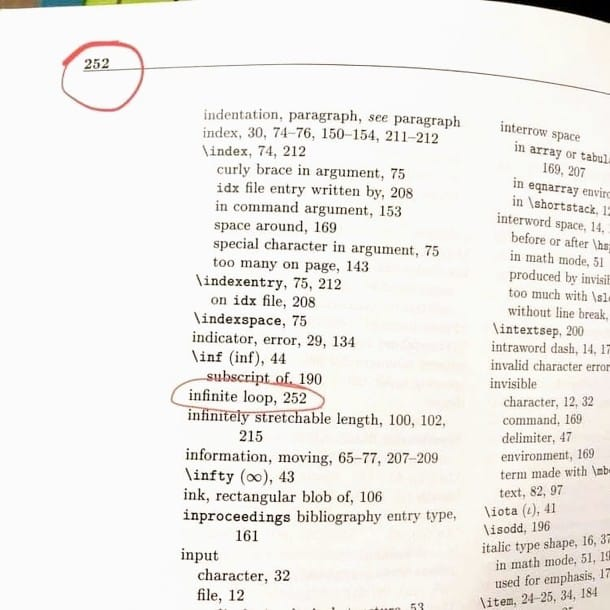
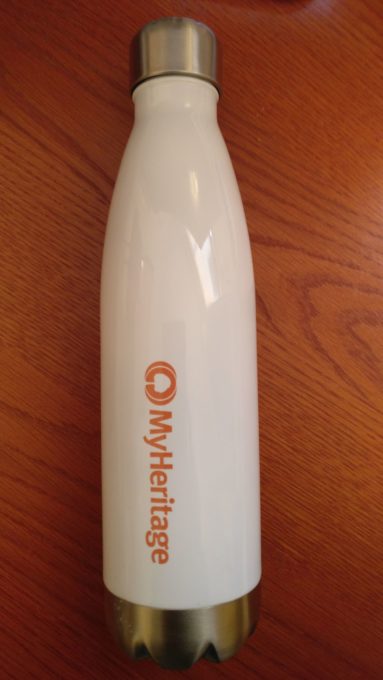 Somewhat belatedly, I do aim to do so at the start of the year, I’d like to disclose and acknowledge the courtesies extended by some commercial genealogy companies.
Somewhat belatedly, I do aim to do so at the start of the year, I’d like to disclose and acknowledge the courtesies extended by some commercial genealogy companies. Do you place your ancestors in context? Perhaps you look at the neighbours to get an idea of their occupations, number of persons in the houses, whether there are lodgers, etc.
Do you place your ancestors in context? Perhaps you look at the neighbours to get an idea of their occupations, number of persons in the houses, whether there are lodgers, etc.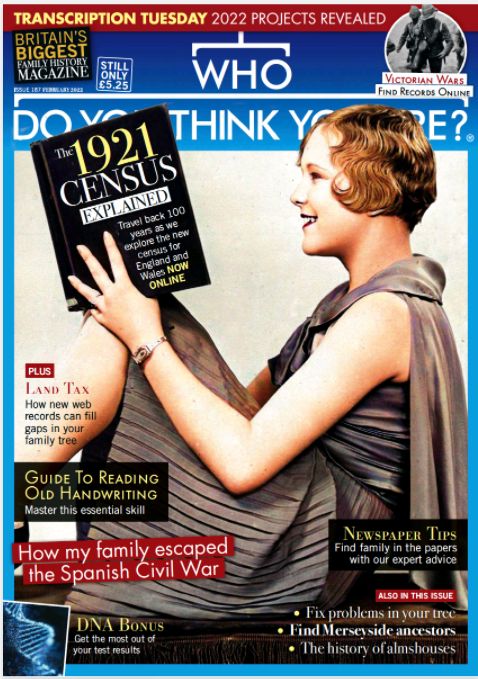 Inside the February issue
Inside the February issue